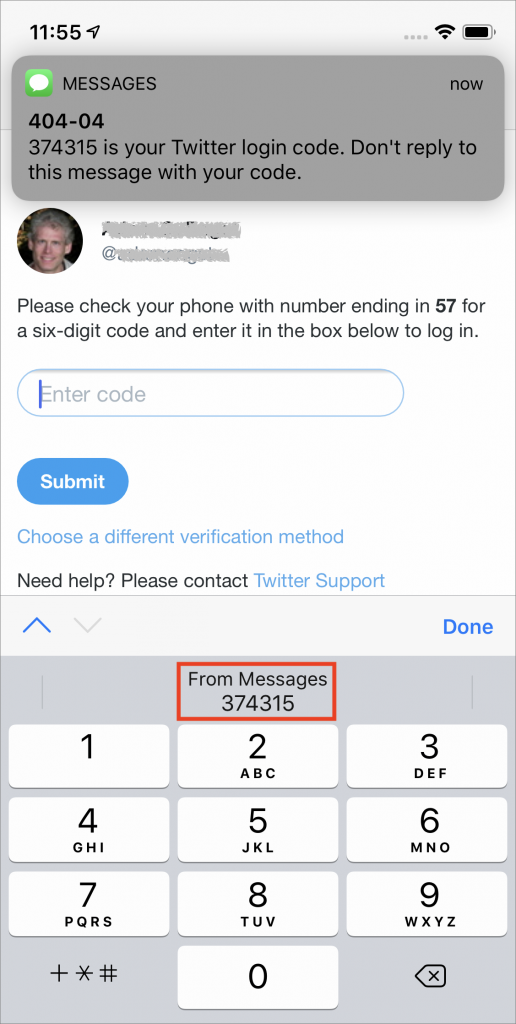If you’ve read Paul Graham’s essays or listened to YC’s YouTube channel, you’re likely familiar with the ‘easy way’ to create a successful startup: build something people want and are therefore willing to pay for. It’s a simple idea: people will only part with their money if they’re exchanging it for something they value.
I’d like to explore how to create value through the idea of reducing friction. A lack of friction makes good products great and makes processes simple. I came across it through this Colossus podcast with Ram Parameswaran where he talks about Internet Scale Businesses. A major way of creating value for customers is to remove friction from their lives.
I’ve been paying attention to this idea recently. Reducing friction results in more than great software products; it’s also the way to increase sales, get a promotion at work, and become more productive.
Friction
Friction is hard to define. Generally, it’s something that makes life difficult, but we often don’t notice it until it’s removed. Here’s an example of friction; before card and contactless payments, paying for goods was an experience full of friction:
- Regularly withdraw cash from an ATM/ bank
- Carry a decent amount of cash around
- Count the cash when paying, before handing it over to the cashier
- Watch the cashier count the cash again
- Receive change, and count that again
The average transaction took 10x the amount of time compared to a simple tap of the card, but it was the way things were done, so we didn’t see it as friction.
The entrepreneur’s role is to think of how to remove friction by looking for things that others can’t immediately see.
Examples of product features
Great product features all have a lack of friction. Here are some examples:
- iPhone verification codes. When you’re logging into an account you might get a verification code by text. The iPhone (this is also likely available on Android) detects it and allows you to automatically enter it by pressing one button. You don’t have to go to the messages app, remember a code, and enter it. You just have to press one auto-fill button.

- Stripe. The essence of friction is to remove unnecessary steps, so this is a great example. Sticking with the example above of verification codes, most platforms (e.g. Twitter) make you press a ‘Submit’ button once you’ve entered the code. Stripe is one example where you don’t have to - so the process is even easier. You just auto-fill the code, and you progress to the next screen. The difference is one click, but it makes the process much smoother.
- Autoplay on Youtube. These reduce the amount of effort it takes to choose something to watch and immediately gets you started with another video…so you spend more time watching videos.
There are two sides to the friction coin: Many companies put friction into their processes to discourage certain behaviours, e.g., cancelling a subscription. There are a lot of clicks involved in these processes, compared to setting up the subscription in the first place.
Wider than the software/product world
Although these were just a few examples from the software world, the idea of removing friction is a key element of any type of interaction. Here are a few more ideas:
Sending emails with an attachment
When sending an email with an attachment, copy and paste the important details of an attachment into the body of the email so that recipients don’t have to open the attachment. It’s fewer clicks for the recipient, but these make a big difference when you want their feedback on something.
Sometimes the mere idea of a frictionless option is enough to increase sales
Here’s a personal ‘offline’ example from a few weeks ago.
I called a mechanic to get my motorbike started again after it had been sitting in my garden for a while. It needed a some work and a new battery. The mechanic did the rest of the work, and said he’d pick up a battery from the supplier and drop it off on his way home. He gave me the price of the battery, and said there’d be an additional charge if I needed him to fit it.
I said I’d think about it, and leaned towards fitting it myself - it wasn’t that big of a job. When the mechanic rang the doorbell, he had the battery in one hand, and his tools in the other and asked if he wanted me to fit it. It was a small detail, but him holding his tools in his hand reduced the friction of the job in my mind. If he had come to the door with just the battery, I would have likely just taken it and fitted it myself at some point.
Action
I’ve mentioned a range of examples where the lack of friction has led to a better outcome and highlighted that this is wider than a product development idea. In your daily interactions, see how you can reduce friction for yourself and for others. It will make you more productive and help you achieve your objectives.